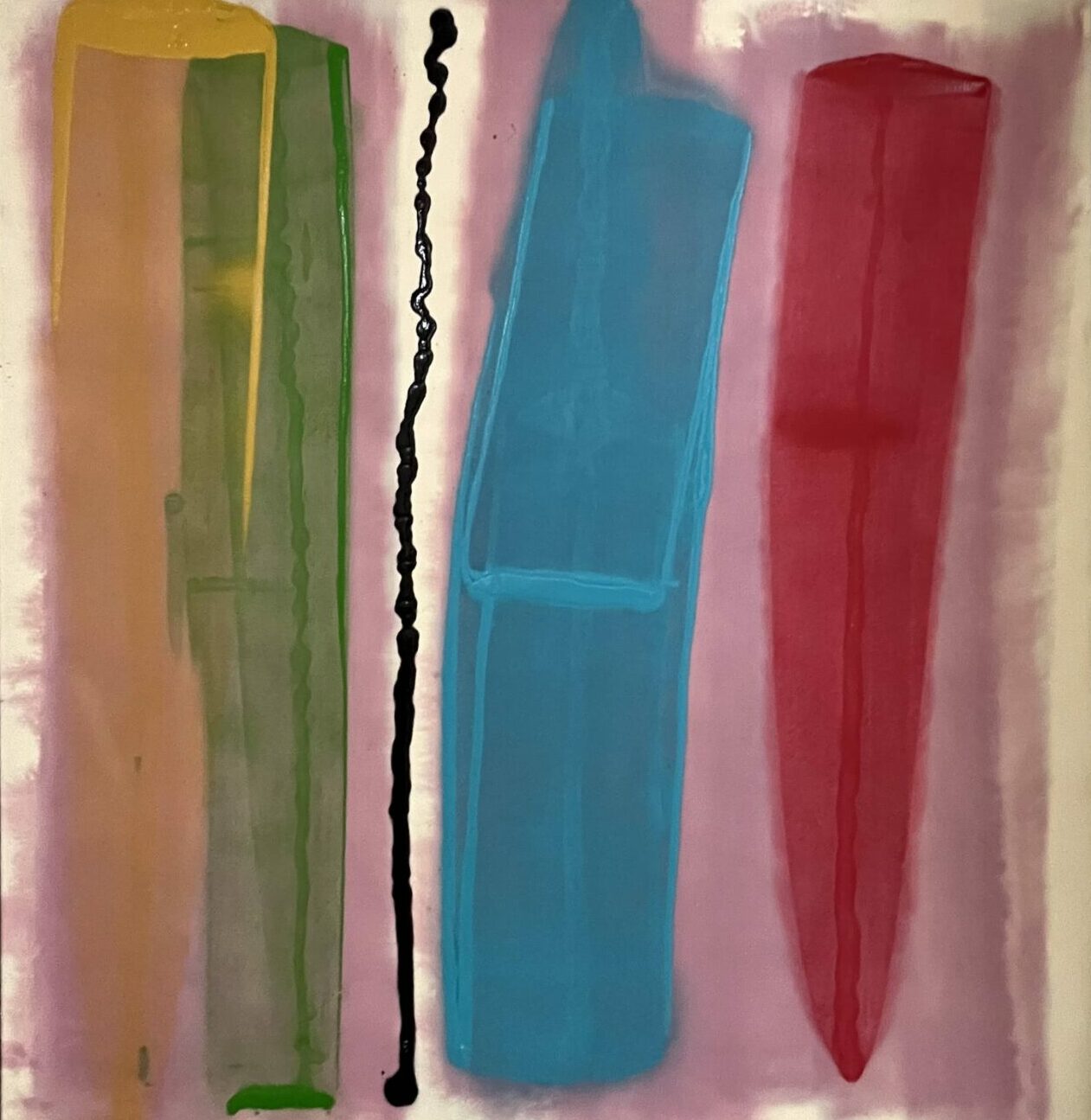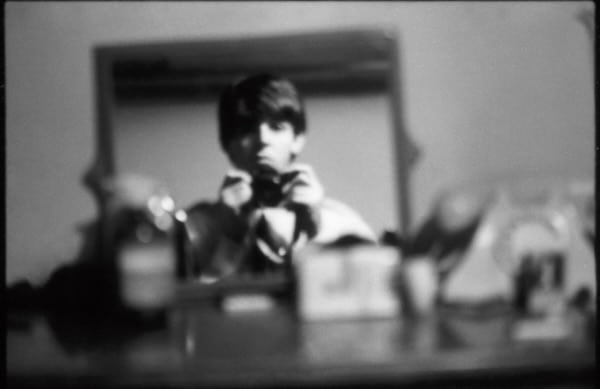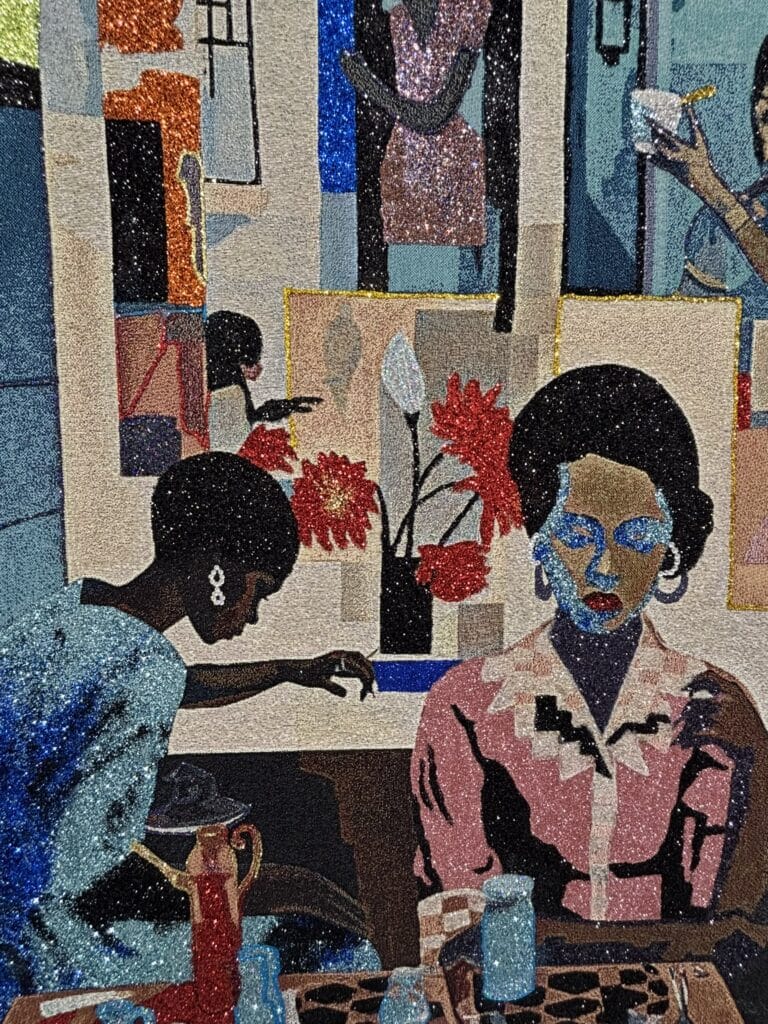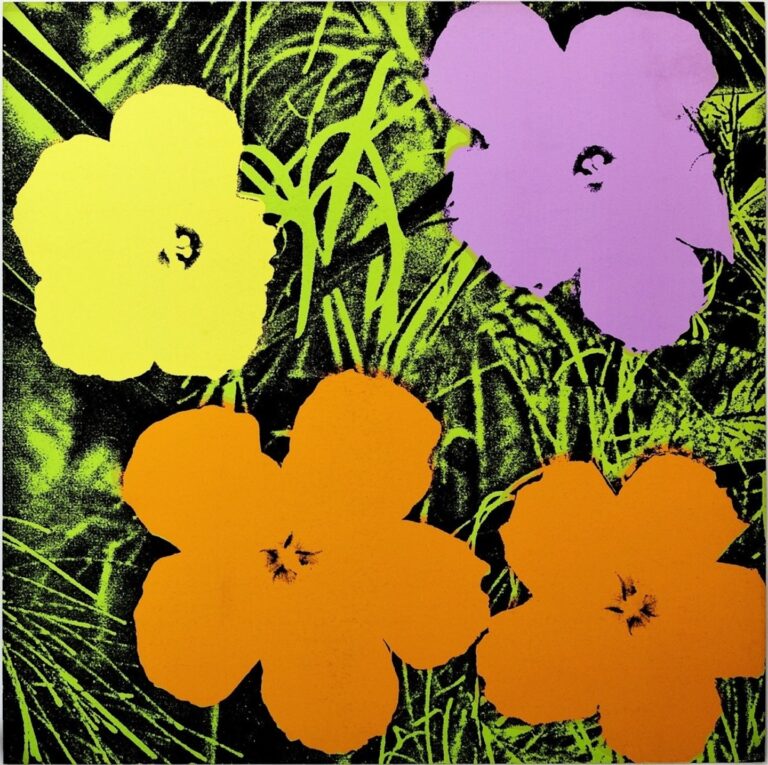The American avant-garde of the 20th century left an indelible imprint on the art world, transcending national boundaries to resonate on a global scale. Among the artists who embraced and reimagined the avant-garde was Canadian painter William Perehudoff (1918-2013), who harnessed the stylistic principles of abstraction to usher in a new phase of Canadian art. His unique style and his interactions with American artists and critics allowed him to contribute to the ongoing dialogue of the avant-garde, bridging the gap between the two countries and leaving a lasting legacy.
Colour Field Painting and The American Avant-Garde
“Ideally, the whole picture should be taken in at a glance; its unity should be immediately evident … a picture does not ‘come out’ the way that a story, a poem, or a piece of music does. It’s all there at once, like a sudden revelation.” – Clement Greenberg, The Case for Abstract Art
The Colour Field movement emerged in the 1960s and represented a decisive shift in artistic practice and ideology. In response to the emotive and painterly style of the Abstract Expressionists, Colour Field artists sought to redirect the course of abstraction, prioritizing the formal elements of art. Rejecting the expressive gesturalism of their predecessors, they embarked on a quest to refine painting to its absolute fundamental qualities.
For Colour Field artists, such as Mark Rothko, Clyfford Still, and Barnett Newman, the canvas became a site of exploration where colour reigned supreme. Their approach involved staining unprimed canvases with oil paints, creating areas of pure, uninterrupted colour that demanded the viewer’s undivided attention. Texture was intentionally avoided, allowing the two-dimensional surface to take precedence. To further challenge traditional notions of composition, they often tackled monumental scales and experimented with shaped canvases, breaking free from the constraints of rectangular formats.
Post-Painterly Abstraction
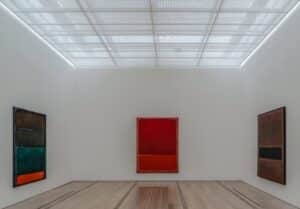
Greenberg’s influential essay, “American-Type Painting” (1955), marked a critical juncture in the development of Colour Field painting. It was here that he first introduced the term “post-painterly abstraction” to encapsulate this new direction in abstraction. He championed artists such as Helen Frankenthaler, Morris Louis, and Kenneth Noland as the vanguards of this innovative movement.
William Perehudoff and Canadian Painting
Perehudoff was born in 1919 in Langham, Saskatchewan, and he emerged as a prominent figure among Canada’s respected cohort of Colour Field painters. His contributions to the field were recognized with accolades such as the Order of Canada (1998), the Saskatchewan Order of Merit (1994), and an honorary doctorate from the University of Regina (2003).
With over 50 years dedicated to abstraction, Perehudoff’s works demonstrate a mastery of colour and a profound understanding of weight and structure. Embracing big, bright, and colourful abstraction, the paintings of this Saskatchewan artist, which he referred to as “colour music,” exude vitality and affirm the enduring legitimacy of this artistic approach.

By reducing art to its essential elements, Perehudoff’s work imparts a sense of order and harmony on the tumultuous realm of human experience. In his dedication to this aesthetic purity, Perehudoff’s artistic endeavours transcend the confines of representation, allowing viewers to find solace and equilibrium within the immersive spaces he creates.
Nancy Tousley, curator of the exhibition at the EAG (Edmonton Art Gallery), reflects on William Perehudoff’s artistic legacy. Tousley observes that Perehudoff’s body of work, characterized by geometric forms, primary colours, and symmetrical arrangements, embodies a purist pursuit of visual form.
Perehudoff’s Encounter with the Avant-Garde
Perehudoff’s artistic trajectory was significantly shaped by the dynamic American avant-garde movement of the 1950s and 1960s. His engagement began with his participation in the esteemed Emma Lake workshops in Saskatchewan, where the renowned critic Clement Greenberg championed Colour Field painting as a prominent artistic approach.
Seeking to deepen his understanding and immerse himself in the artistic currents of the time, Perehudoff embarked on a transformative journey to New York City, a thriving epicenter of avant-garde activity. It was there that he had the invaluable opportunity to directly encounter the works of acclaimed American masters, allowing him to forge a profound connection with the principles and aesthetic language of the Color Field movement.
His paintings serve as a captivating reflection of the prairie landscape, blending bold colours and geometric abstractions in a harmonious symphony of visual elements. Perehudoff’s mastery of colour relationships is evident in his compositions, where vibrant hues interact and intersect, creating a sense of depth and movement, a feeling of weightlessness. With each brushstroke, Perehudoff invites viewers into a world of dynamic exploration, where his expressive and dignified compositions offer a timeless visual experience.
Perehudoff’s Contribution to Canadian Art
Perehudoff’s interactions with American avant-garde artists, combined with his own artistic exploration, positioned him as a vital contributor to the ongoing dialogue within the movement. Moreover, he actively engaged in international art events and exhibitions, forging connections and fostering exchange. Through these interactions, Perehudoff not only brought a distinct Canadian perspective to the avant-garde discourse but also challenged the dominance of American art, offering a fresh perspective and enriching the narrative.
Perehudoff’s artistic legacy resonates strongly in the art world to this day. His distinctive style, influenced by the American masters but unmistakably Canadian, has left an enduring impact. His works can be found in major collections and prestigious museums in Canada, the U.S., and Europe, attesting to their lasting relevance and acclaim. His ongoing recognition serves as a testament to the power of artistic exchange, collaboration, and the ability to transcend geographical boundaries in shaping the trajectory of art history.
Terms:
Modernism: The historical usage of the term covers two distinct impulses. The first is based in the nineteenth-century French poet Baudelaire’s essays that state that the visual arts should reflect the broad processes of modernization and their societal effects. The second is bound up with the evaluation of the quality of works of art. Here works of art must embody aesthetic innovation. As Greenberg explains in his seminal Modernist Painting essay of 1961: “the essence of modernism lies in the use of characteristic methods of a discipline to criticize the discipline itself, not in order to subvert it, but to entrench it more firmly in its area of competence.”
Formalism: The term describes the critical position that the most important aspect of a work of art is its form – the way it is made and its purely visual aspects – rather than its narrative content or its relationship to the visible world. In painting, therefore, a formalist critic would focus exclusively on the qualities of colour, brushwork, form, line and composition.
Colour Field Painting: The term Colour Field painting is applied to the work of abstract painters working in the 1950s and 1960s characterized by large areas of a more or less flat single colour. It differed from abstract expressionism in that these artists eliminated both the emotional, mythic or religious content of the earlier movement and the highly personal and painterly or gestural application associated with it. Clement Greenberg also terms it “Post-Painterly Abstraction,” a term often also used to describe the work of the 1960 generation and their successors.
Further Reading:
- Wilkin, Karen. The Optimism of Colour: William Perehudoff, a retrospective. Contributors: Robert Christie, Roald Nasgaard, William Perehudoff, 1918-2013.
- Hopkins, David. After Modern Art: 1945-2000. Oxford History of Art: 2000.
- “Colour Field Painting,” Tate Museum.
- “Formalism,” Tate Museum
- Anfam, David. 2008. “Action/Abstraction: Pollock, de kooning, and american art, 1940-1976“. Artforum International. 10, May 2008a
